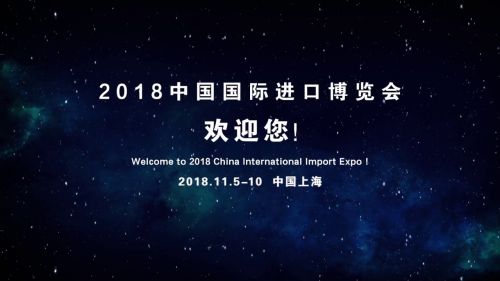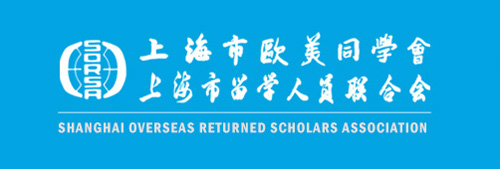From Shanghai Daily.com By Feng Jianmin
SHANGHAI yesterday released 60 measures to support the Belt and Road initiative.
Trade, investment, finance, shipping, technology and cultural exchange are all covered by the measures.
Fifteen of them target facilitating trade and investment with Belt and Road countries, backed by opening-up policies in the pilot free trade zone.
The Belt and Road initiative was put forward by President Xi Jinping in 2013 to boost economic links between China and countries across Central Asia, the Middle East and East Europe, Southeast Asia and Africa.
Policies and rules implemented in the FTZ will be more closely aligned to those in Belt and Road countries, and construction of a free trade port will be accelerated, according to the measures.
More functions will be added to special free trade accounts opened in the FTZ.
Shanghai will hold China’s first national import expo next year, build a bonded exhibition center for imported goods from Belt and Road countries, and set up a comprehensive service platform to encourage trade and investment.
In terms of financial opening-up, Shanghai aims to become a Belt and Road investment and financing center, as well as a global yuan financial service center.
The second phase of the China International Payment System to facilitate cross-border payment and clearance in yuan is to be accelerated.
Li Jun, deputy director of Shanghai Financial Service Office, said the city will make efforts to increase the use of yuan in bilateral trade and investment, and introduce more central banks and long-term institutional investors along the Belt and Road to invest in onshore financial markets.
Business and equity cooperation is also encouraged between Shanghai and Belt and Road exchanges and clearing houses.
The measures also link the Belt and Road initiative to Shanghai’s status as a shipping hub by improving the network of maritime and aviation routes and making them more efficient.
Shanghai’s railway connection with Europe and Asia will also be boosted to enhance coordination of sea and land transport.
With regard to the fields of technology, cultural, and academic exchange, the government put forward measures to encourage communication and cooperation projects.
Shanghai aims to build 20 joint labs and research centers with Belt and Road countries in the next five years, and bring more than 400 outstanding young scientists to work in the city for up to a year at a time.
Exchange activities in the fields of culture and art, education and training, medical care, tourism, and sports will be encouraged.
Six think tank projects by universities in Shanghai have been selected to advise and offer analysis for Belt and Road policies.
Since Shanghai launched its Belt and Road committee in 2015, the city has initiated 246 investment projects with a total value of US$5.5 billion.
Financial institutions, central banks, governments, and non-financial companies along the Belt and Road have issued more than 200 billion yuan (US$30.4 billion) worth of yuan-denominated bonds in Shanghai over the past three years.










